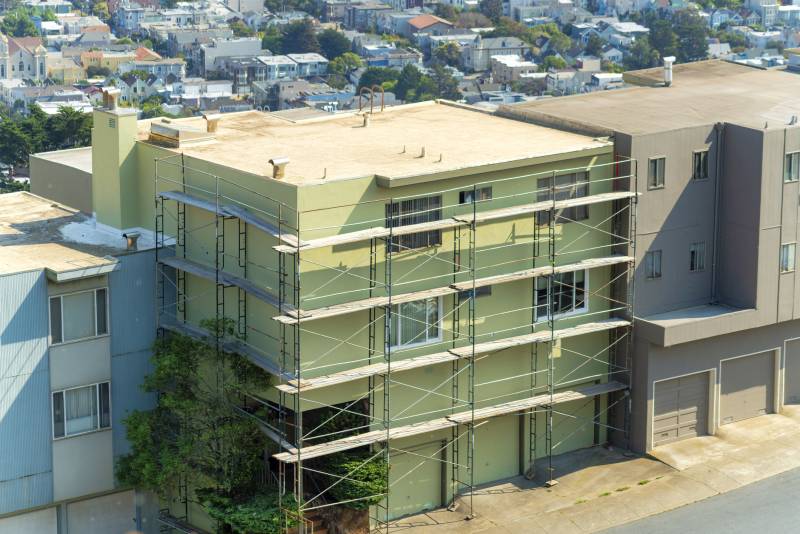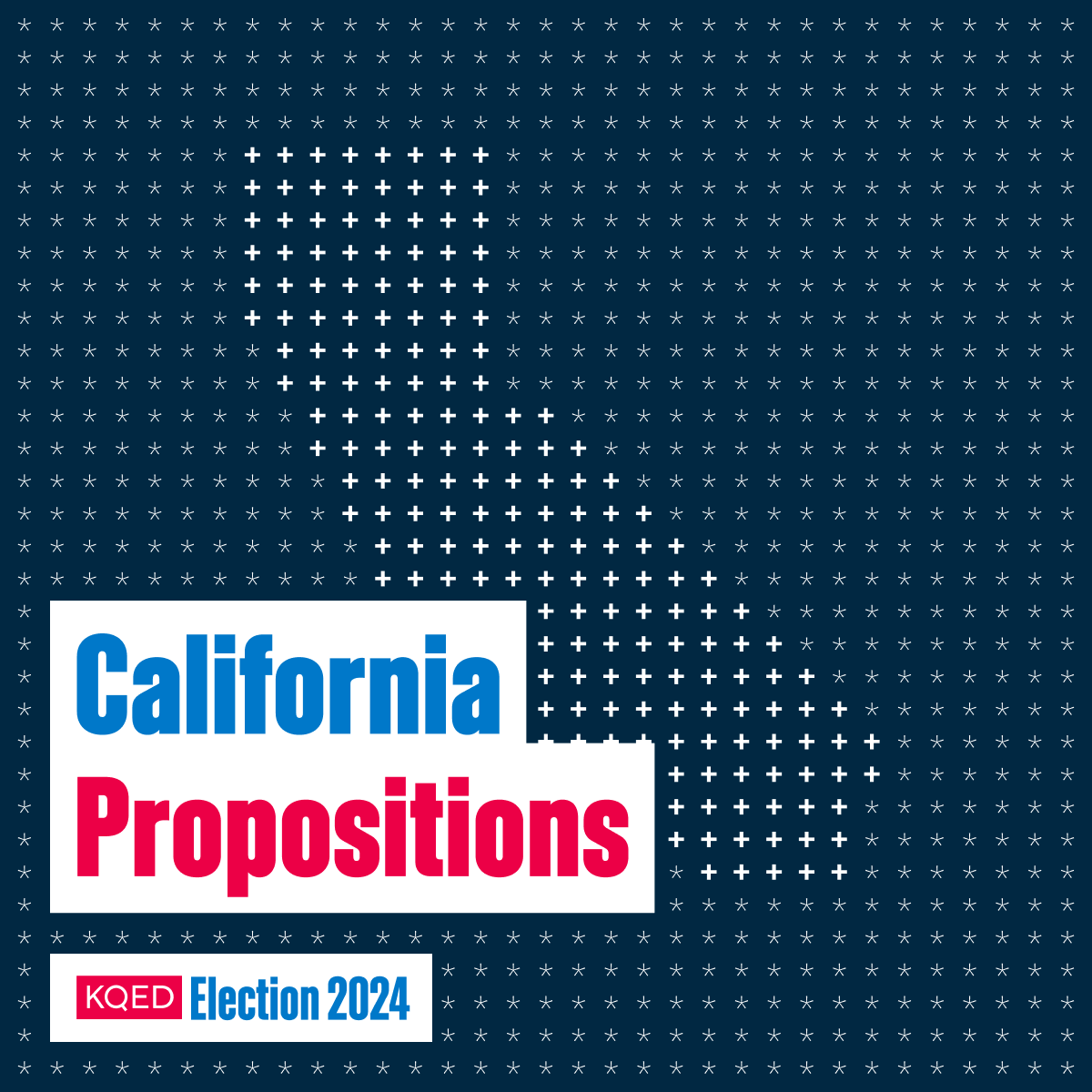Amie Fishman, Director of the Nonprofit Housing Association of Northern California, said cities often have to rely on state funding because bond measures are hard to get approved at the local level.
“Prop. 5 is a crucial step to empowering local communities to address local affordable housing and infrastructure needs,” she said. “It allows local communities to take control.”
The measure would mirror a similar one that California voters approved in 2000, which lowered the voter threshold needed to pass school bonds.
What are critics saying?
Critics of Proposition 5 worry that voters could be confused by the text of the measure, which reads, “Allows local bonds for affordable housing and public infrastructure with 55% voter approval.”
They say it lacks context because it doesn’t specify the current threshold for approval, which is 66.67%, and voters may think they are being asked to increase the threshold from 50% to 55%.
Opponents, like former San Jose City Councilmember Johnny Khamis, are also concerned about the potential increase in property taxes if the proposition passes and it becomes easier to pass bond measures.
While he agreed that cities need to plan for more affordable housing and infrastructure, the burden to pay for that could fall on people like his mother, who is retired and living on a fixed income.
“This could open the floodgates to new propositions and taxes and make it much harder for seniors like my mother to live in the area,” he said. “It actually reverses a lot of the protections we had under Prop. 13.”
What is Proposition 13?
Voters passed Proposition 13 in 1978 after property taxes rose so sharply that some people were priced out of their homes. Proposition 13 amended California’s Constitution, limiting the tax rate to 1% of the property’s assessed value and capping the yearly increase to no more than 2%.
The amendment also required a two-thirds supermajority to approve any local “special taxes,” which means taxes devoted specifically for one purpose, including the debt service needed to pay for bonds that can fund anything from homelessness services to infrastructure or schools.

